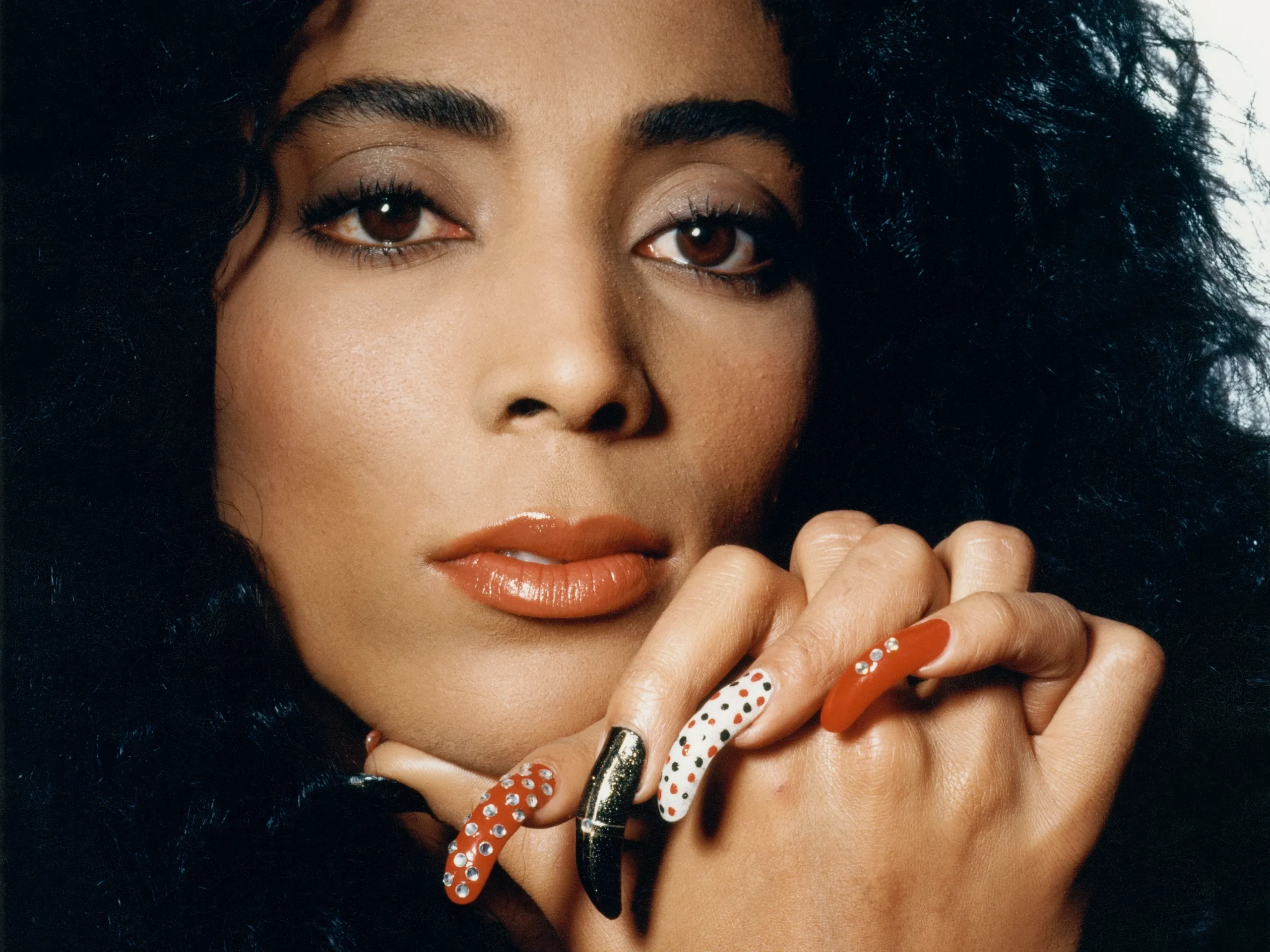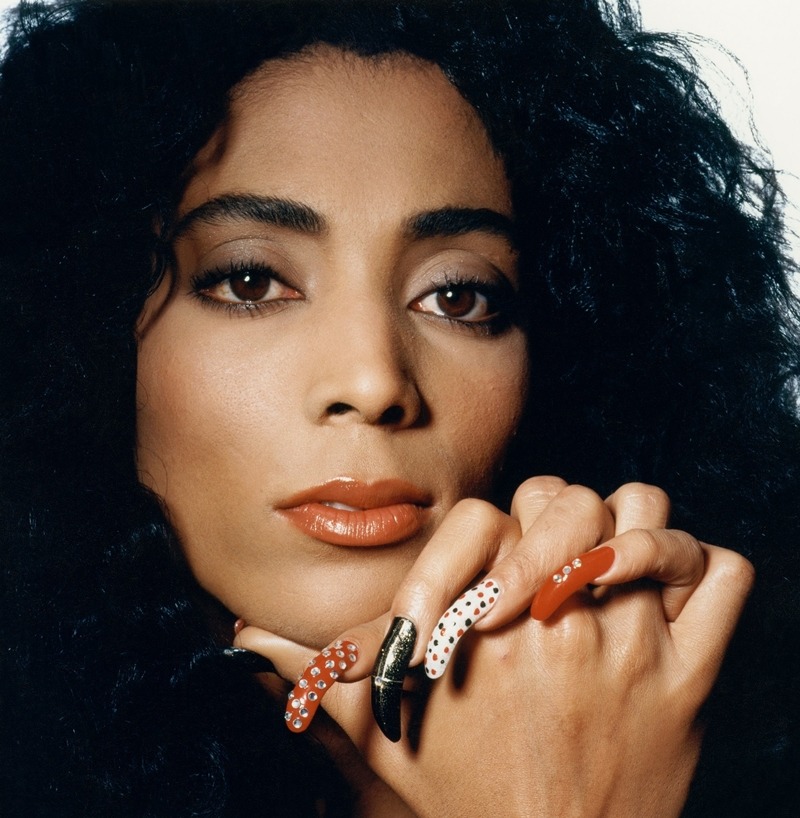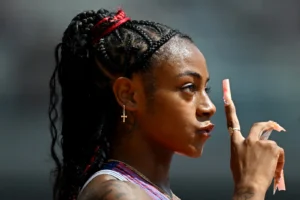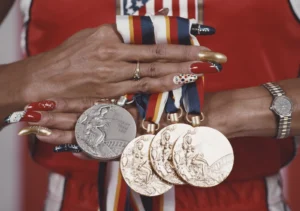Remembering—and Celebrating—Flo-Jo’s Game-Changing Beauty
Taylor AndersonJuly 29, 2024


All eyes are on Vogue’s August digital cover star, Sha’Carri Richardson, as she takes on the 2024 Olympic Games. The American sprinting sensation is a favorite for Olympic gold in the women’s 100, based on her extraordinary performance in the opening weekend of trials. She’s also a favorite in my group chat, where we love to see her competition-day glam. In the story, she told writer Maya Singer that brainstorming her hair, nail, and makeup looks for meets is one of her favorite ways to decompress—but for any beauty lover, it’s exhilarating to see her style in a world arena. Richardson’s commitment to ever-changing hair color, dazzling acrylic nail designs, and lush lashes has become a visual calling card for the star, reminding us of trailblazing athlete Florence “Flo-Jo” Griffith Joyner.

Hannah Peters/Getty Images
One of the most decorated Olympic female sprinters in American history, the late Florence Joyner won three gold and two silver medals across two Olympic Games. In 1988, she set the women’s world record for the 100m and 200m sprint—and she still holds the crown as the fastest woman of all time. “Florence transcended our sport,” Jackie Joyner-Kersee, her teammate (and, later, sister-in-law) told PBS last year. “She took track and field off of the sports page and onto the front page. She brought in more people wanting to know more not just about her but also our sport.” Griffith Joyner’s style and speed brought her international fame, but her focus on beauty in sports revolutionized the game forever.

Tony Duffy/Getty Images
Beyond the track, Flo-Jo’s unique style and willingness to mix fashion and sport made her a cultural icon and a legacy still present today. Crossing the finish line was not only a win for America, but a win for the inner-city girl. The decorated athlete showed the world what it meant to stay true to your roots and have fun while you’re doing it (see her colorful, self-designed, one-legged bodysuits with acrylics to match). “Flo-Jo was able to somehow meld two worlds together and communicate the vernacular of what African American kitsch is—the body decoration, the nails with the doodads, the styled hair,” said Valerie Cassel, director of the visiting artist program at the School of the Art Institute, told the Chicago Tribune in 1998. “It had mass appeal because this style was rooted in the African American tradition, and she took it to the field. She was the Patti LaBelle of athletes. It just goes to show that this aesthetic was so solidly ingrained. It’s not an aesthetic we all subscribe to, but as a community, it’s a shared language.”
Though she passed in 1998, Flo-Jo’s legacy is never too far away. Her legacy has lived on through a new generation of female athletes—from the Williams sisters to Richardson—showing them how personality and creativity should be championed in women’s athletics.